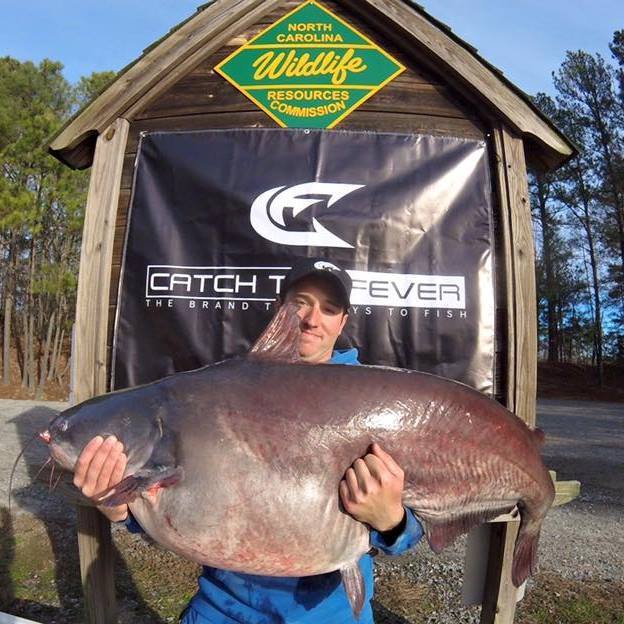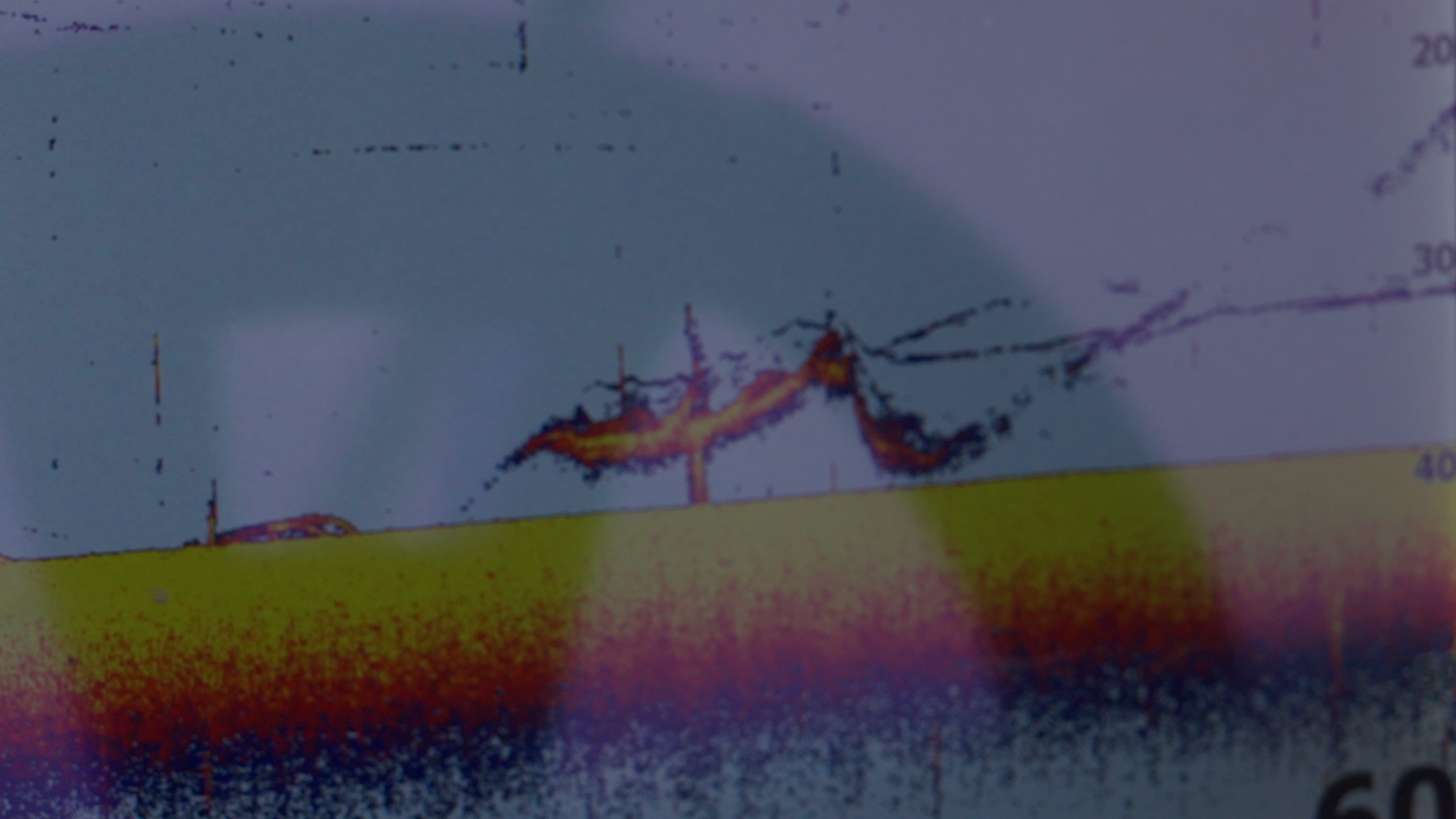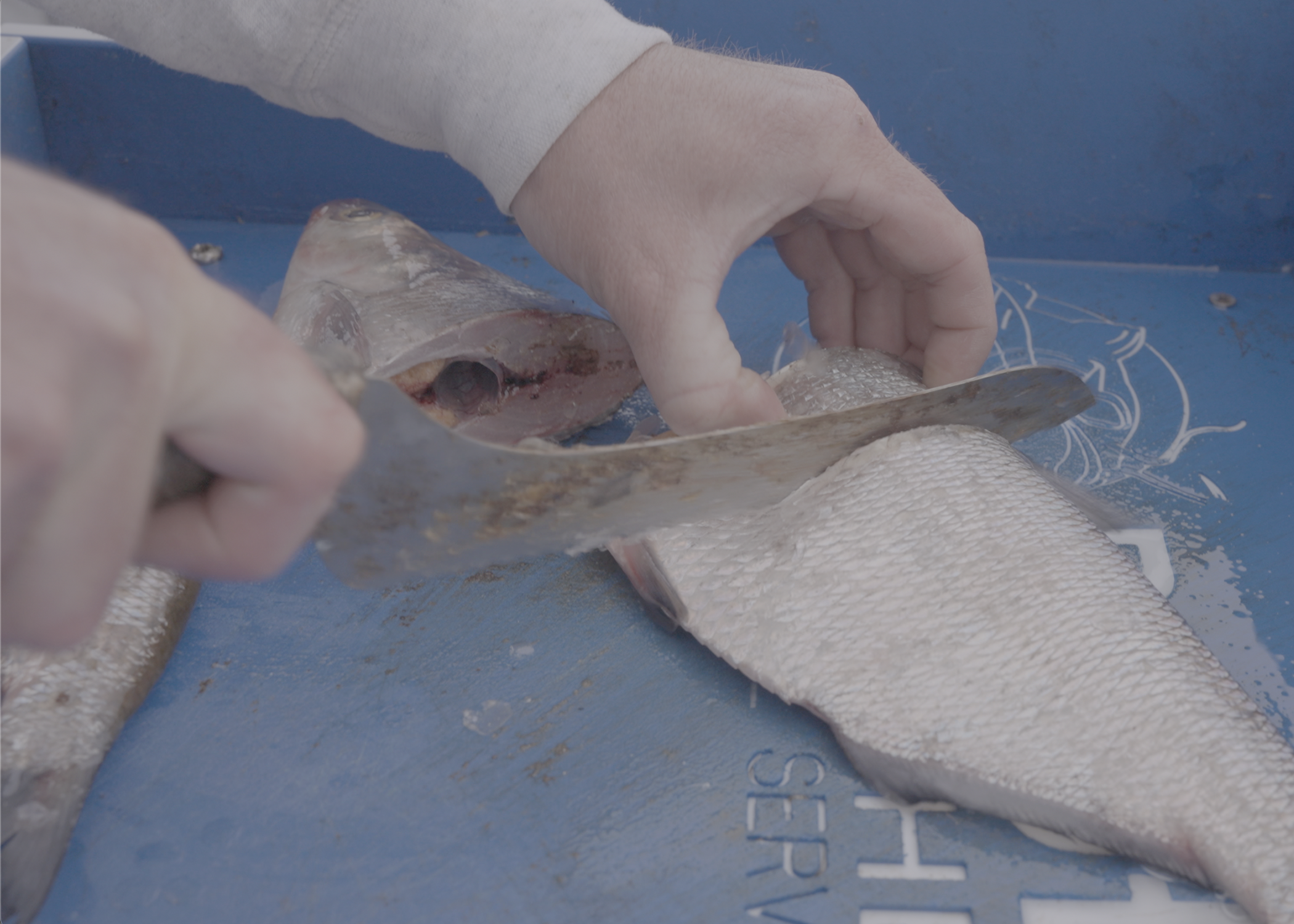Winter Catfishing: Locations, Baits, Rigs, and Cold-Water Plans That Work

Table of Contents
Why Winter Catfishing Works
Where to Find Winter Catfish

Electronics and Reading the Screen

Best Catfish Winter Baits

Cold-Water Rigs and Leaders
Anchor vs. Slow-Drift
Timing the Winter Bite
Bank Fishing Catfish in Winter
Boat Setup and Line Control
Common Winter Mistakes
Safety and Cold-Weather Prep
Simple Winter Plans You Can Run Today
Conclusion
Shop Catfishing Gear

